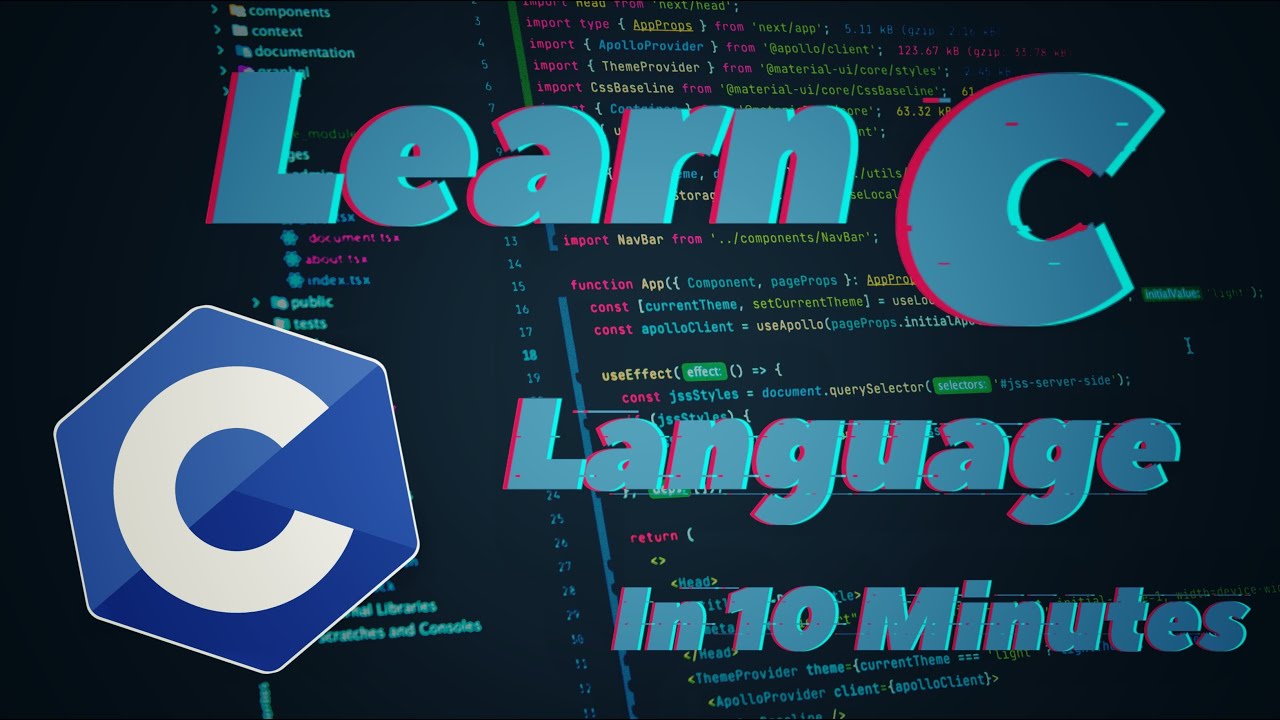Learn CSS in 20 Minutes
Summary
TLDRIn this video, the speaker provides a comprehensive introduction to CSS, covering its purpose, syntax, and usage. CSS, a styling language, is explained in contrast to HTML. The video details the basics of CSS syntax, including selectors, property-value pairs, and different types of selectors like element, class, and ID. It also discusses combining selectors and the importance of external CSS files over inline styles. The video concludes with explanations of the box model, color definitions, and different units of measurement, preparing viewers to start styling their own web pages.
Takeaways
- 🎨 CSS is a styling language used for modifying the appearance of web page content, not a programming language.
- 📑 HTML is for content, while CSS is for presentation, allowing many ways to achieve similar results.
- 🔍 CSS styles start with selectors, followed by curly brackets containing property-value pairs.
- 📚 Main CSS selectors include element, class, and ID selectors, each with different purposes and specificity.
- 🌐 Class selectors are common for reusable components, while ID selectors should be unique on a page.
- 🔗 External CSS files are the best way to define styles, keeping presentation separate from HTML content.
- ⚙️ CSS has a specificity hierarchy: ID selectors are the most specific, followed by class selectors, then element selectors.
- 🎨 Colors in CSS can be defined using named colors, hexadecimal codes, RGB, RGBA, and HSL values.
- 📦 The box model consists of content, padding, border, and margin, affecting element layout and spacing.
- 📏 CSS units include pixels, percentages, ems (relative to font size), and rems (relative to the root font size).
Q & A
What is CSS and what is its primary purpose?
-CSS (Cascading Style Sheets) is a styling language used for modifying the appearance of the content on web pages. It is used to style and present HTML content.
Is CSS considered a programming language?
-No, CSS is not a programming language. It is a styling language used for presentation and design purposes.
What is the difference between HTML and CSS?
-HTML is used for structuring the content of web pages, while CSS is used for the presentation and design of that content.
What are the three main types of selectors in CSS?
-The three main types of selectors in CSS are element selectors, class selectors, and ID selectors.
How do you use a class selector in CSS?
-To use a class selector in CSS, you need to prefix the class name with a period (.) and apply styles to it. For example, .classname { color: blue; }.
Why are IDs rarely used in CSS compared to classes?
-IDs are rarely used in CSS because an ID must be unique within a page and can only be applied to one element, whereas classes can be reused across multiple elements and are more versatile.
How can you combine selectors in CSS to create more specific styles?
-Selectors can be combined in CSS by writing multiple selectors together with no spacing to target elements that match all criteria, or by separating selectors with spaces to target child elements. Commas can also be used to group selectors that share the same styles.
What is the box model in CSS?
-The box model in CSS describes the structure of elements, including content, padding, border, and margin. It defines how elements are spaced and how they occupy space on the page.
What are the different ways to define colors in CSS?
-Colors in CSS can be defined using color names, hexadecimal values, RGB, RGBA, HSL, and HSLA. Each method offers different levels of precision and options for defining color transparency.
What is the specificity hierarchy in CSS selectors?
-The specificity hierarchy in CSS determines which styles are applied based on the type of selectors used. Inline styles have the highest specificity, followed by ID selectors, then class selectors, and finally element selectors.
Why is it generally advised to avoid using inline styles in HTML?
-Inline styles are discouraged because they mix content with presentation, making the HTML harder to maintain and reducing the reusability of styles. External CSS files are preferred for better separation of content and presentation.
How can you link an external CSS file to an HTML document?
-You can link an external CSS file to an HTML document using the <link> element inside the <head> section. The <link> element should have the rel attribute set to 'stylesheet' and the href attribute set to the path of the CSS file.
What is the purpose of the universal selector in CSS, and how is it written?
-The universal selector in CSS is used to select all elements on the page. It is written as an asterisk (*). It is often used to set global styles, such as font family, that apply to all elements.
What are the differences between 'em' and 'rem' units in CSS?
-'em' units are relative to the font size of the parent element, while 'rem' units are relative to the font size of the root (html) element. 'rem' units ensure consistency across different elements, regardless of their nesting.
How does the order of CSS rules affect the styles applied to elements?
-In CSS, the order of rules affects the styles applied to elements because the last defined rule for a specific element will override any previous rules if they have the same specificity. This is known as the 'cascade' effect.
Outlines

هذا القسم متوفر فقط للمشتركين. يرجى الترقية للوصول إلى هذه الميزة.
قم بالترقية الآنMindmap

هذا القسم متوفر فقط للمشتركين. يرجى الترقية للوصول إلى هذه الميزة.
قم بالترقية الآنKeywords

هذا القسم متوفر فقط للمشتركين. يرجى الترقية للوصول إلى هذه الميزة.
قم بالترقية الآنHighlights

هذا القسم متوفر فقط للمشتركين. يرجى الترقية للوصول إلى هذه الميزة.
قم بالترقية الآنTranscripts

هذا القسم متوفر فقط للمشتركين. يرجى الترقية للوصول إلى هذه الميزة.
قم بالترقية الآنتصفح المزيد من مقاطع الفيديو ذات الصلة
5.0 / 5 (0 votes)






